Optimal Timing for Speed Bump Installation
Timing for speed bump installation is influenced by traffic patterns, weather conditions, and project planning. Ideally, installations are scheduled during periods of low traffic volume to minimize disruptions and ensure safety for workers and drivers. Weather considerations, such as avoiding extreme cold or rain, are important for proper adhesion and durability of the materials used.
Spring and early fall often provide favorable weather conditions for speed bump installation, with moderate temperatures and lower precipitation rates.
Scheduling during off-peak hours or seasons reduces traffic interference and allows for safer, more efficient installation processes.
Extreme cold can hinder the curing process, while heavy rain can delay work and affect adhesion of materials.
Installing during stable weather conditions enhances the longevity and performance of speed bumps.
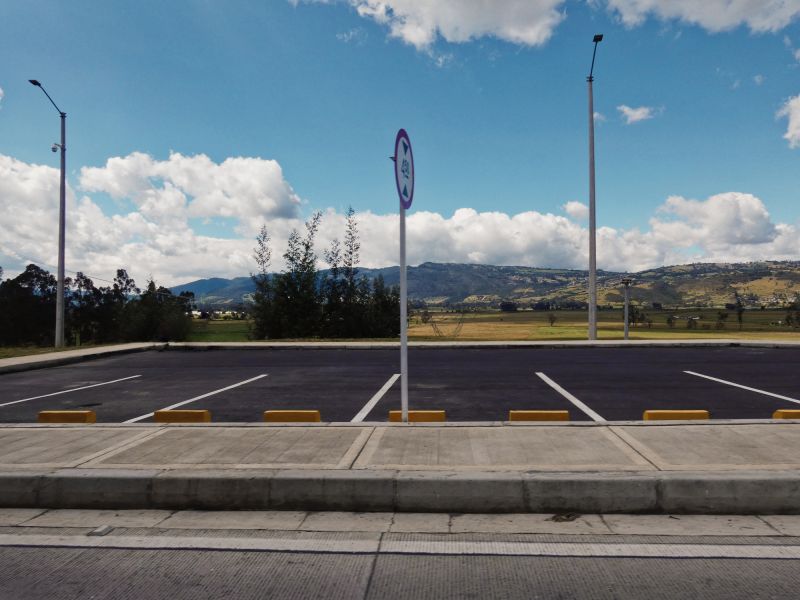
Ways to make Speed Bump Installations work in tight or awkward layouts.
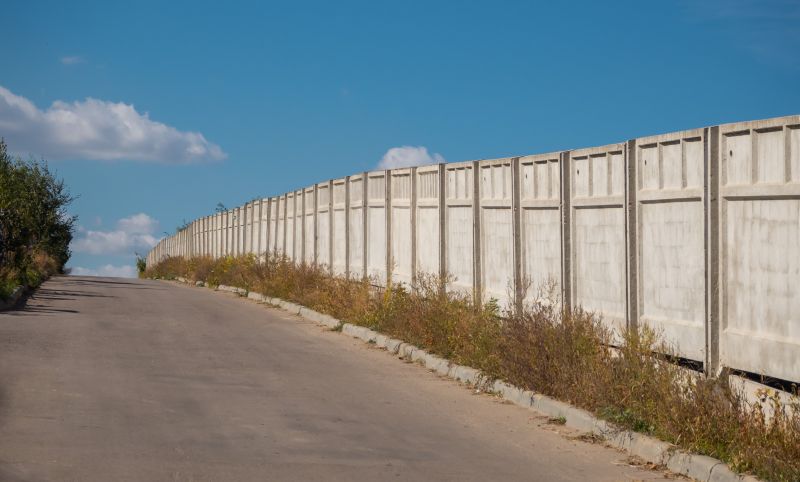
Popular materials for Speed Bump Installations and why they hold up over time.

Simple add-ons that improve Speed Bump Installations without blowing the budget.
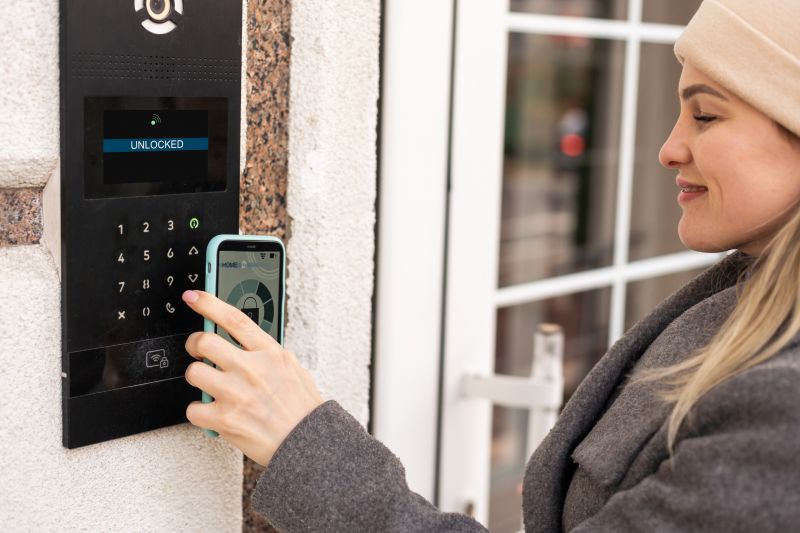
High-end options that actually feel worth it for Speed Bump Installations.
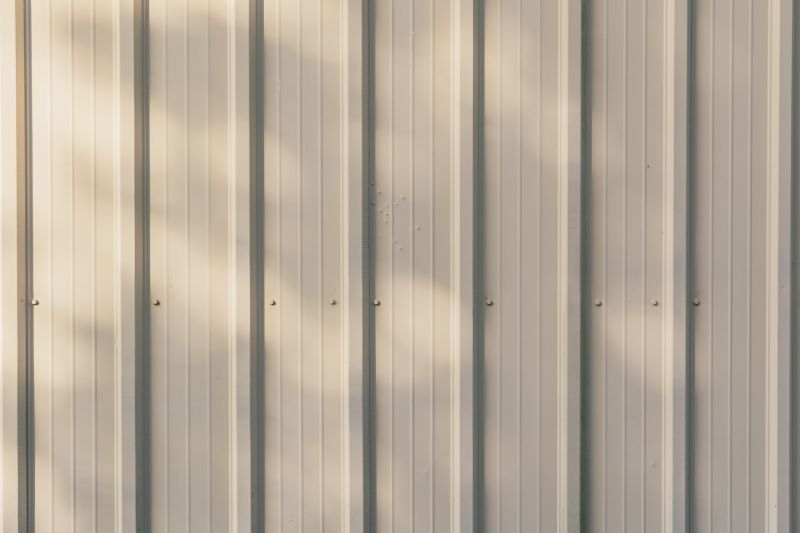
Finishes and colors that play nicely with Speed Bump Installations.

Little measurements that prevent headaches on Speed Bump Installations day.
| Factor | Impact on Installation Timing |
|---|---|
| Weather Conditions | Extreme cold or rain can delay or affect installation quality. |
| Traffic Volume | Lower traffic periods facilitate safer, faster work. |
| Seasonal Climate | Moderate temperatures are ideal for material curing. |
| Local Regulations | Scheduling with authorities may depend on seasonal schedules. |
| Project Urgency | Urgent needs may override ideal timing considerations. |
| Material Availability | Certain materials may be seasonal or have lead times. |
Speed bump installations are most effective when planned during periods of favorable weather and lower traffic. Proper timing ensures the durability of the installation and minimizes disruptions. Considering seasonal weather patterns and traffic flow can optimize project outcomes and safety.

A 60-second routine that keeps Speed Bump Installations looking new.

A frequent mistake in Speed Bump Installations and how to dodge it.

Small tweaks to make Speed Bump Installations safer and easier to use.

Lower-waste or water-saving choices for Speed Bump Installations.

The short, realistic tool list for quality Speed Bump Installations.

Rough timing from prep to clean-up for Speed Bump Installations.
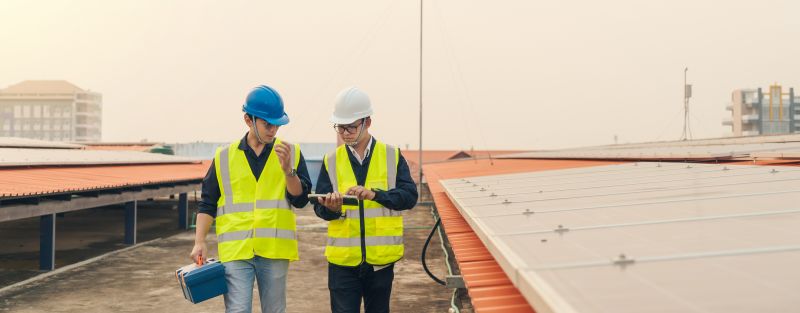
Quick checks and paperwork to keep after Speed Bump Installations.
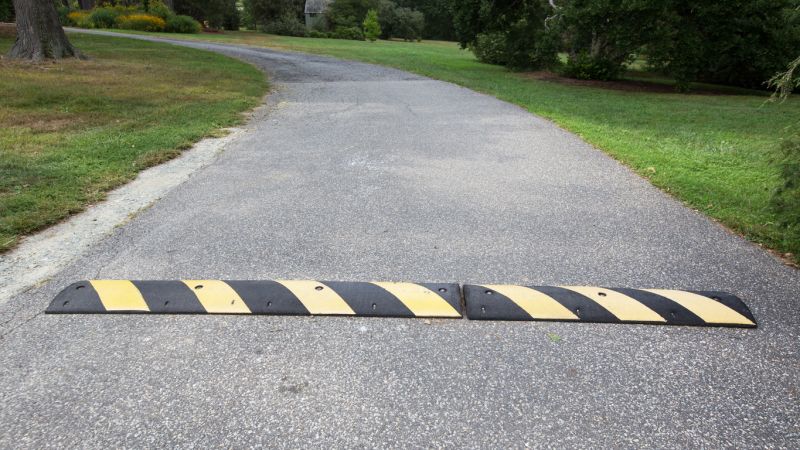
Examples that show the impact a good Speed Bump Installations can make.
Interested in scheduling a speed bump installation? Filling out the contact form can help coordinate timing that aligns with project needs and optimal conditions for durability and safety.



